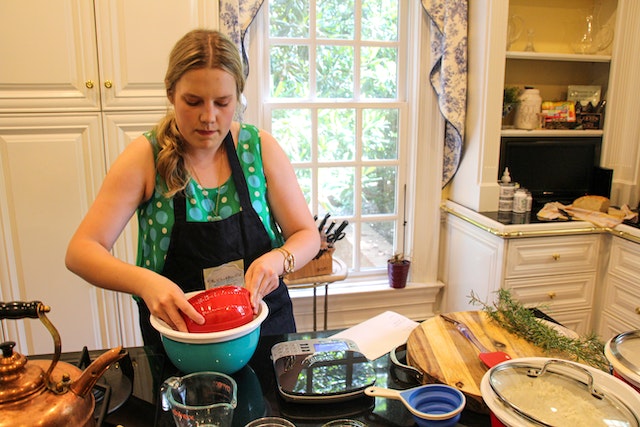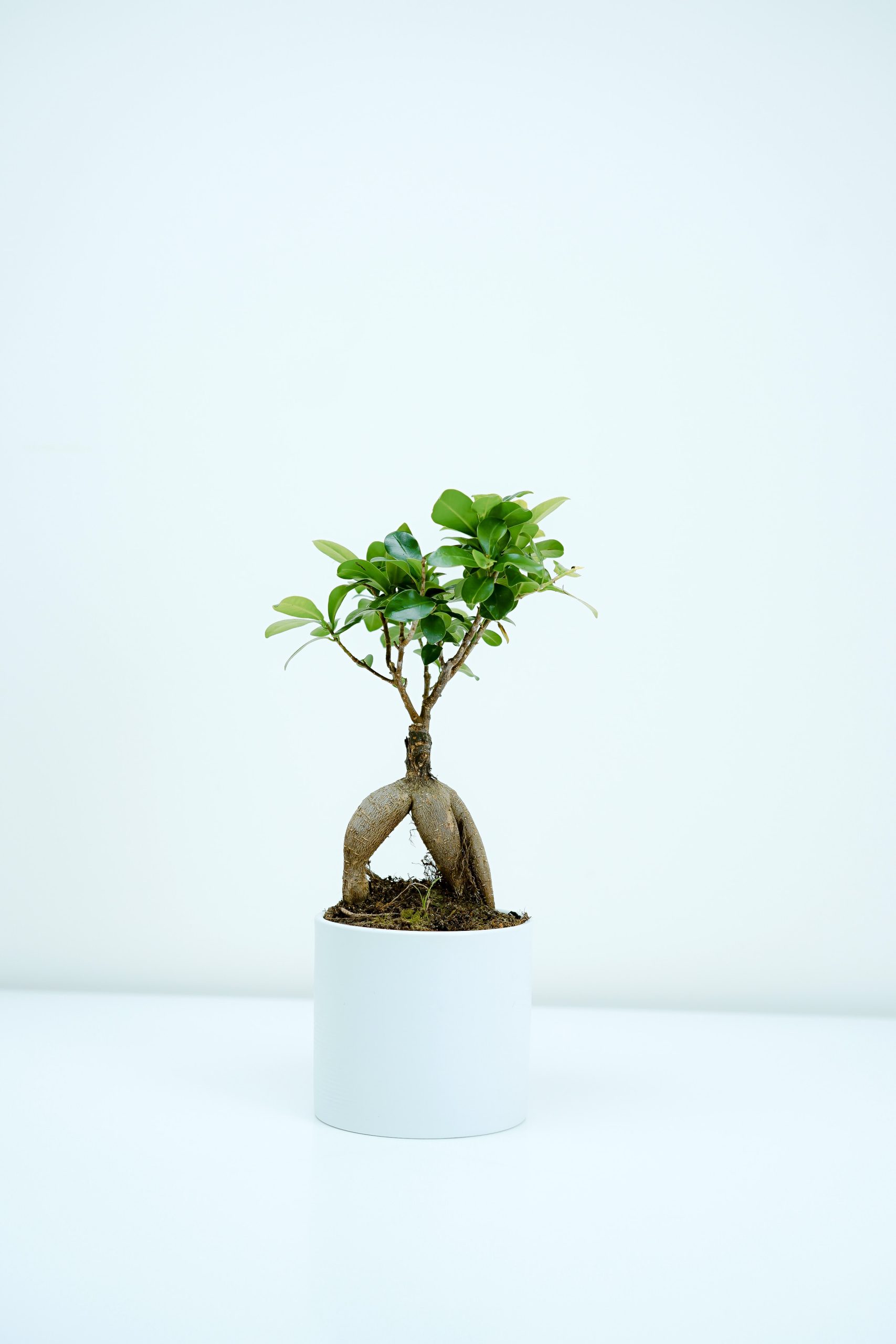Indoor herb gardening is a great way to bring fresh, flavorful herbs into your home while also reaping a variety of health benefits. In this article, we’ll explore the many benefits of indoor herb gardening and provide some tips on how to get started.
Benefits of Indoor Herb Gardening
1. Fresh, Flavorful Herbs
One of the most obvious benefits of indoor herb gardening is the ability to have fresh, flavorful herbs at your fingertips. When you grow herbs indoors, you can harvest them as needed, ensuring that they are as fresh as possible. This can make a big difference in the flavor of your dishes, as fresh herbs are often more flavorful than dried ones.
2. Health Benefits
In addition to their delicious flavor, herbs also offer a variety of health benefits. Many herbs are rich in antioxidants, which can help protect your body against damage from free radicals. Some herbs, such as mint and chamomile, are also known for their calming properties and can help reduce stress and anxiety.
3. Cost Savings
Growing herbs indoors can also be a cost-effective way to enjoy fresh herbs. While fresh herbs can be expensive to buy at the grocery store, growing them yourself can be much more affordable. Plus, you’ll only need to buy seeds or starter plants once, and then you can continue to harvest your herbs for months or even years.
How to Get Started with Indoor Herb Gardening
1. Choose Your Herbs
The first step in starting an indoor herb garden is to choose which herbs you want to grow. Some popular options include basil, thyme, rosemary, parsley, and mint. Consider which herbs you use most often in your cooking and start with those.
2. Choose Your Containers
Next, you’ll need to choose containers for your herbs. You can use traditional plant pots, or get creative and use mason jars, tea cups, or other unique containers. Just make sure that your containers have drainage holes to prevent water from pooling and causing root rot.
3. Choose Your Soil
When it comes to soil, herbs prefer well-draining soil that is rich in organic matter. You can buy pre-made potting soil or make your own by mixing equal parts of peat moss, vermiculite, and perlite.
4. Provide Adequate Light
Herbs need plenty of light to grow, so make sure that your indoor herb garden is located in a spot that receives at least six hours of sunlight per day. If you don’t have a sunny window, you can also use grow lights to provide your herbs with the light they need.
5. Water and Fertilize
Finally, make sure to water your herbs regularly and fertilize them every few weeks with a balanced fertilizer. Be careful not to overwater, as this can lead to root rot.
In conclusion, indoor herb gardening is a great way to enjoy fresh, flavorful herbs while also reaping a variety of health benefits. By following these simple steps, you can start your own indoor herb garden and enjoy the many benefits it has to offer.










